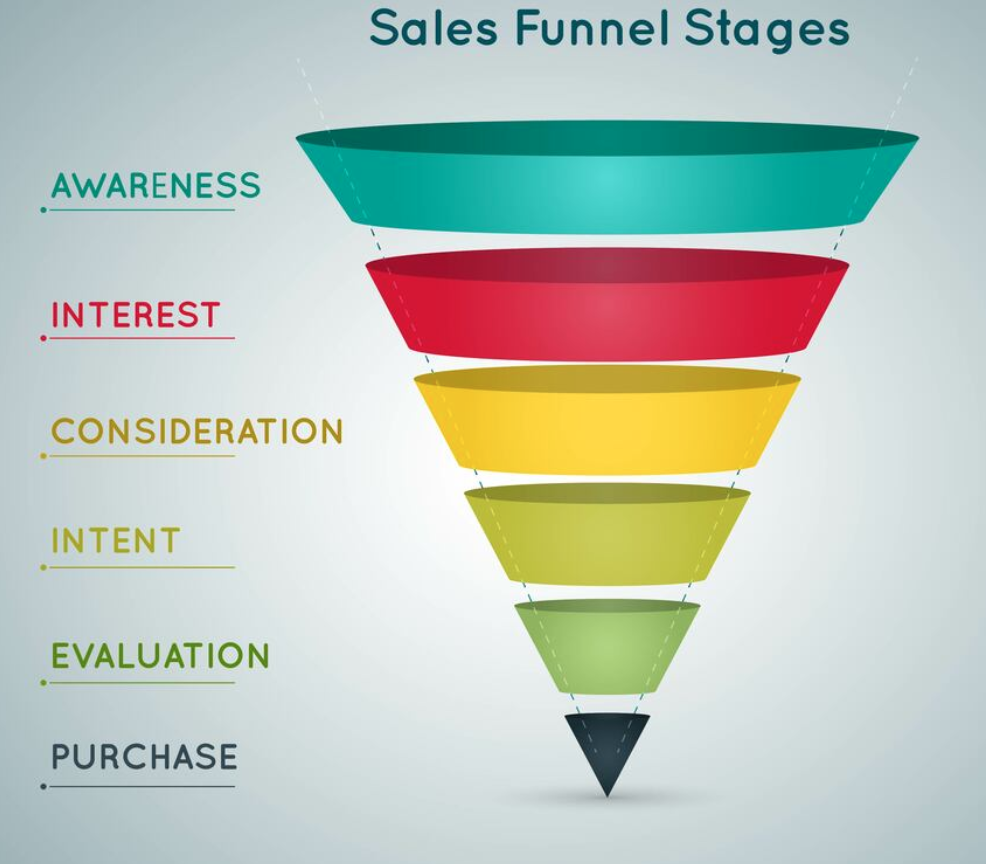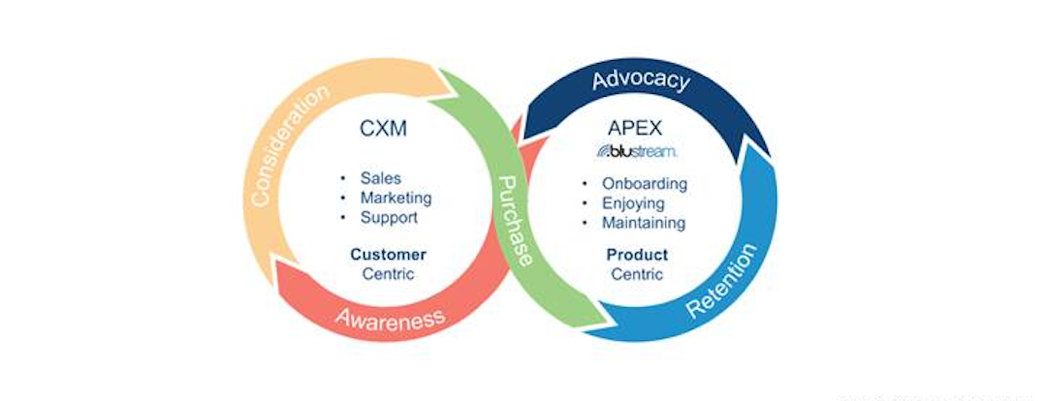
When selling professional services or products, the goal is not to blindly find prospects and sell kitchen knives one time at their doorstep. The point is to find a community of customers and position yourself to serve that community over time. Once you sell those knives, if you know what kind of food the customer eats, you can recommend specialty knives, maybe the right pans, recipes, desserts, and silverware to name a few. If nothing else, those knives will dull in due time, and wouldn’t it be nice to have that direct relationship to return and sell a sharpener when it’s time?
With today’s available real-world-data from sensors, time, the weather, and user-feedback on mobile apps, companies can offer full customer lifecycle management—an infinite closed-loop relationship with their consumers. One that doesn’t just end with the sale but swings back around with retention and advocacy to make a follow-up purchase because of loyalty to the brand.

Why Existing Customers are Key
The post-purchase customer is typically just as important as the one that first visits your site or walks through your doors. Let’s look at reasons why shifting focus to this group will pay dividends for any brand.
- Your Reselling Investment Is Lower
When attempting to generate a sustained increase in sales, the first place to start is with existing customers. When you have an established relationship, you can leverage your offerings from other services and products you already have in place. It’s a zero-cost selling opportunity. In doing so, long-term customers often cross-purchase products or services within a single brand, furthering their loyalty with additional needs that may arise. This all works to your advantage if you’re delivering best-in-class support to ensure their experience continues to thrive.
- They’re Advocates For Your Brand
When customers make recurring purchases from you, it’s safe to say they’re a believer. When they love and trust a brand’s offerings, positive word-of-mouth recommendations become invaluable marketing tools. These are the people who give rave reviews, recommend your products and services to family and friends, and write about you on social outlets. They’re your highest value customers and keeping them happy should be a priority.
- You’re Looked At As The Expert
As a service or product supplier, customers turn to you as the expert. They rely on you to offer ideas and suggestions to help support the lifecycle of their purchase. This places more emphasis on you, as the provider, to be proactive. When you’re not proactive, value erodes. Offering simple solutions like insights on how time or climate can affect the wear and tear of the product shows that you’re knowledgeable, watchful of their progression, and you value their experience.
- Able To Save on Acquisition Costs
Keeping a customer that has already purchased a product from you generally costs less than acquiring a new customer. You’re able to gain momentum from delivering a remarkable customer experience that produces happy customers who drive referrals and repeat sales. Buyers report that their two most trusted sources of information when making a purchase decision are word-of-mouth referrals and customer references. They’re listening to your customers, not your stale marketing tactics.
The Inner Circle Creates Ripples
Your business boasts a giant, often overlooked source of growth you probably haven’t invested much in at all—your current customers. Their lifetime value to your brand makes you well-positioned to grow from their successful experience.
Just like the chord progressions on a guitar turning into a song, after-sale customer engagement will result in gratifying, long-term relationships. The effort put forth to maintain a connection after a purchase is made proves to be quid-pro-quo for the brand and its buyer. From a business perspective, it can significantly improve customer retention rates, increase sales, and fortify your reputation. Put effort into building that inner circle and the devoted fans will keep coming your way.
